CLASS I RAILROAD
Norfolk Southern moves more than 7 million carloads annually across a 19,420-mile network, operating the largest intermodal rail system in eastern North America. The company’s market capitalization reached nearly $58 billion in early 2024, making it one of the five largest railroad operators in North America.
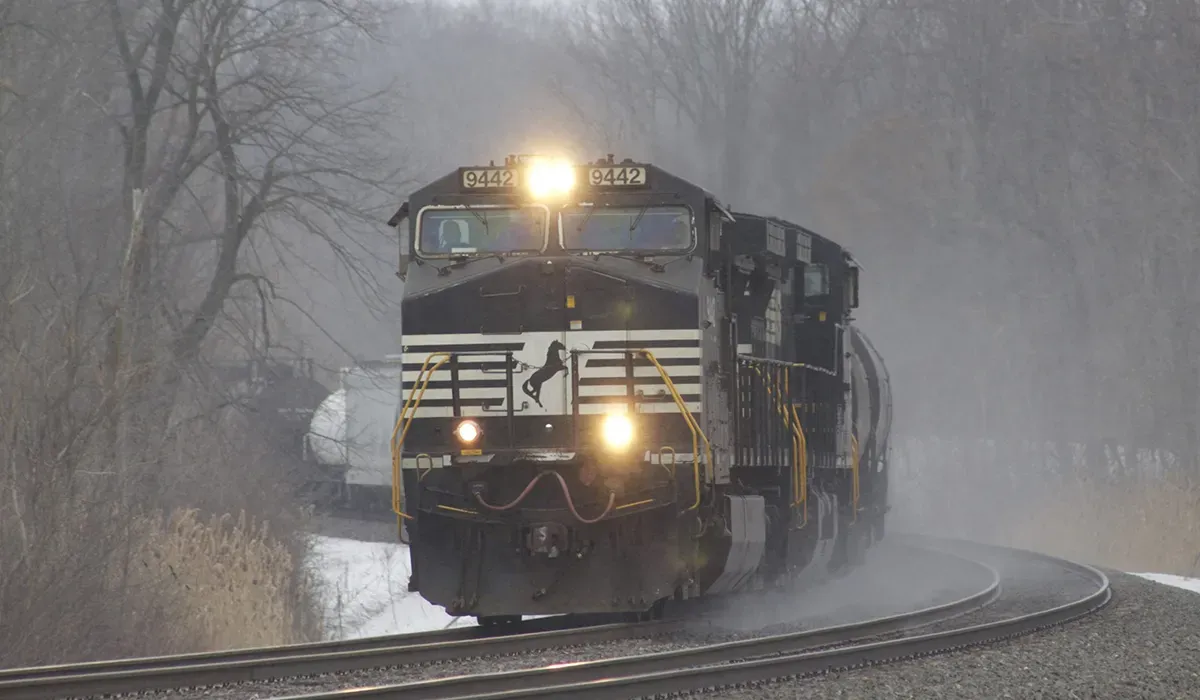

Norfolk Southern is a Class I freight railroad that operates one of North America's most extensive freight rail networks, connecting businesses across 22 states and the District of Columbia with safe, efficient, and environmentally responsible transportation solutions. The network spans 19,420 route miles and is especially strong in intermodal, automotive, agriculture, chemicals, metals, and coal shipments..
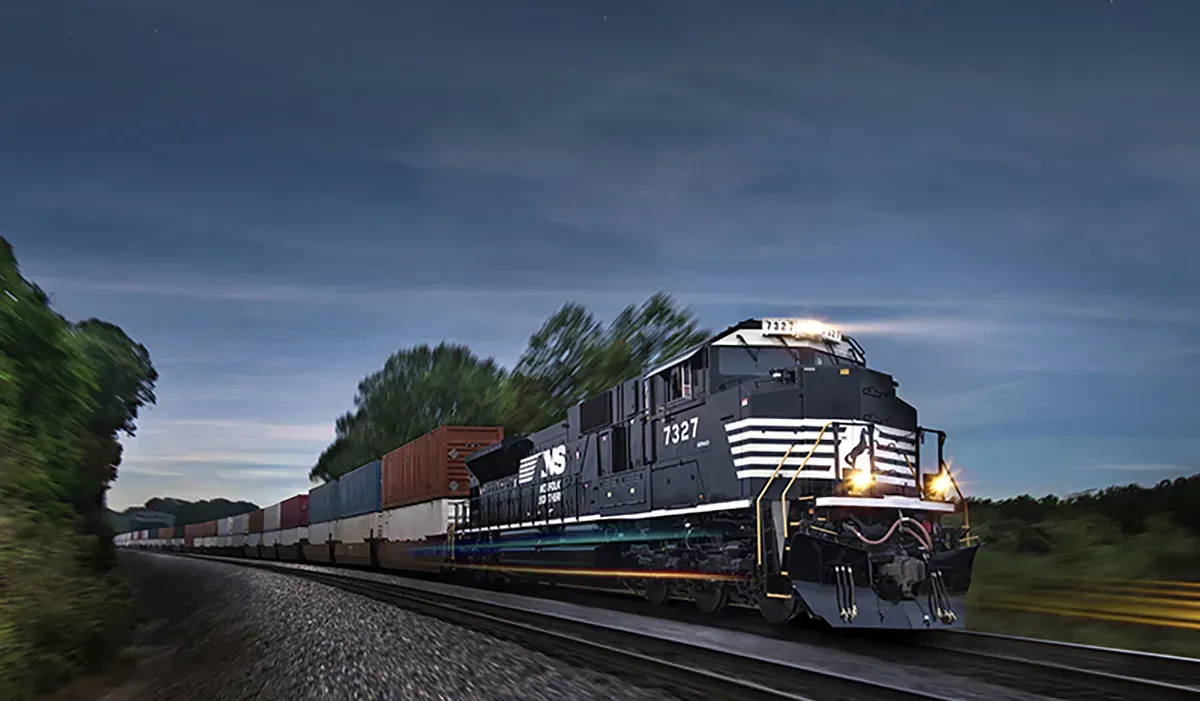
FOUNDING HISTORY & ORGANIZATIONAL STRUCTURE
Norfolk Southern was formed in 1982 through the merger of Norfolk and Western Railway and Southern Railway, both of which had roots dating back to the 19th century. The original purpose was to create a unified, competitive rail system in the eastern United States, and the company has since grown through additional acquisitions and strategic expansions..
HEADQUARTERS & OPERATIONAL BASES
The headquarters of Norfolk Southern is located at 650 West Peachtree Street NW, Atlanta, Georgia 30308. The facility is a modern, energy-efficient building that serves as the central hub for executive leadership, operations management, and strategic planning..
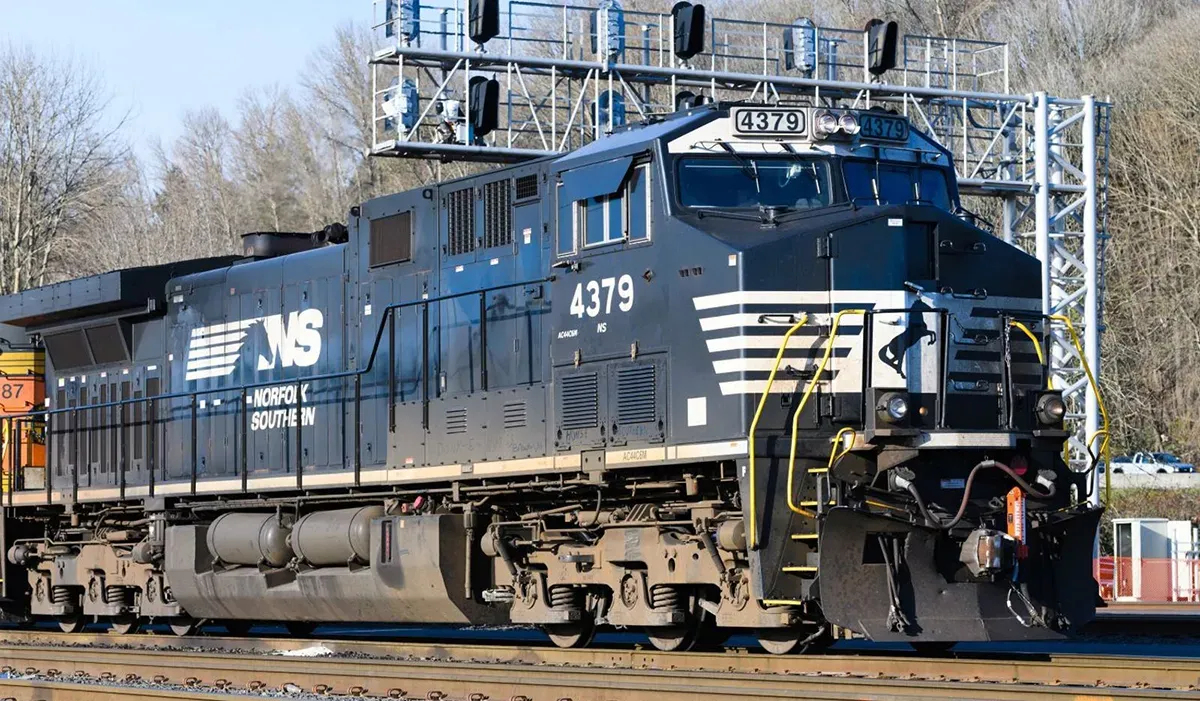
LEADERSHIP & EMPLOYEES
Alan H. Shaw serves as CEO and President of Norfolk Southern. He is supported by a leadership team that includes John Orr as Executive Vice President and Chief Operating Officer, Paul Duncan as Chief Operating Officer, and other senior executives overseeing finance, safety, technology, and customer engagement. The executive team brings decades of experience in rail operations, logistics, and corporate strategy.
Norfolk Southern employs approximately 19,000 people, with about 15,000 serving as skilled craftspeople, maintenance workers, and service teams. The company emphasizes diversity and inclusion, with ongoing initiatives to increase representation of women and minorities in its workforce.
FACILITIES & OPERATIONS
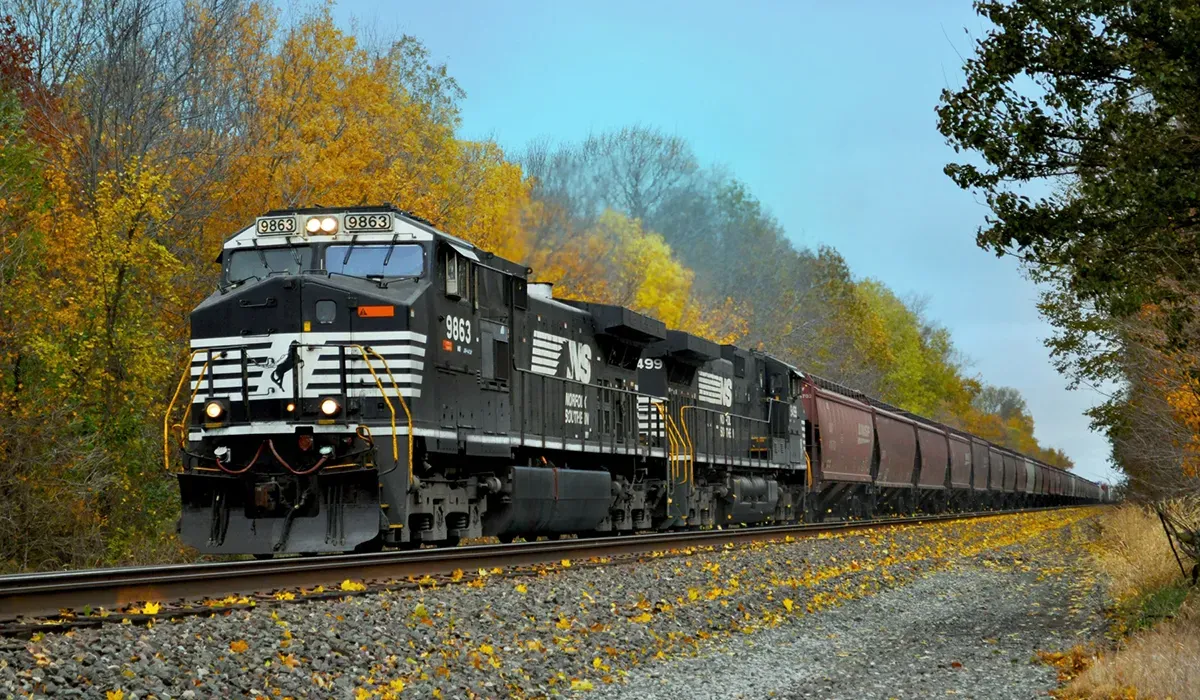
Major facilities include the Atlanta Intermodal Terminal in Georgia, the Bellevue Yard in Ohio, the Chicago 47th Street Intermodal Facility in Illinois, the Harrisburg Intermodal Terminal in Pennsylvania, the Macon Yard in Georgia, the Norfolk Terminal in Virginia, the Birmingham Intermodal Facility in Alabama, the Jacksonville Terminal in Florida, and the Kansas City Intermodal Facility in Missouri. These locations serve as critical hubs for freight movement, intermodal transfers, and network fluidity.
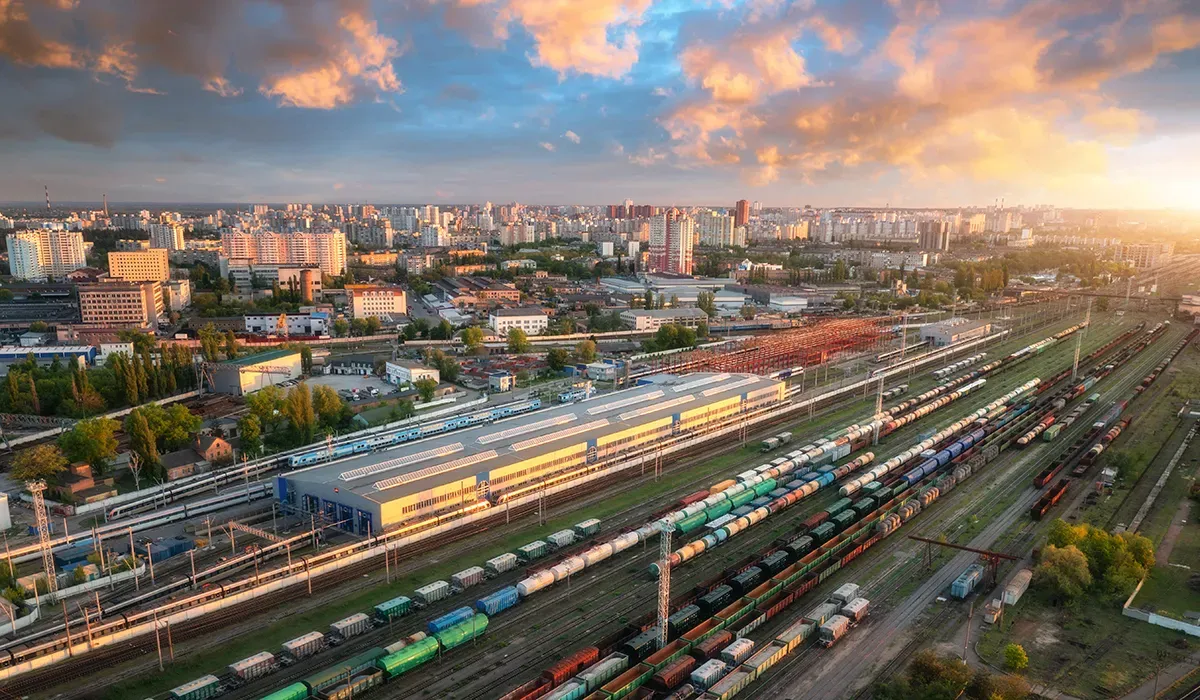
Norfolk Southern maintains ISO 14001 environmental certification at several major sites and has received multiple safety awards from industry organizations. The company is fully compliant with Federal Railroad Administration regulations and has been recognized for its commitment to environmental stewardship and operational safety.
EQUIPMENT & INFRASTRUCTURE
The railroad handles a wide variety of container types, including standard intermodal containers, boxcars for general freight, tank cars for chemicals and liquids, and specialized flatcars for automotive and oversized loads. Intermodal containers typically range from 20 to 53 feet in length, with capacities up to 67,200 pounds.
Norfolk Southern utilizes advanced technology platforms for real-time tracking, automated dispatch, and customer service. The company offers a digital customer portal for shipment management, an API Center for system integration, and employs AI-driven analytics to optimize train scheduling and asset utilization.
The geographic scope of Norfolk Southern covers 22 eastern states, the District of Columbia, and trackage rights into Canada via the Albany to Montreal corridor. The network totals 19,420 route miles, with key corridors connecting major metropolitan areas and ports along the Atlantic and Gulf coasts.
Strategic partnerships include close collaboration with CSX Transportation, Canadian Pacific Kansas City, Florida East Coast Railway, and major ocean shipping lines. These alliances enable seamless freight movement across North America and facilitate international trade.

FINANCIAL METRICS & STABILITY
In 2024, Norfolk Southern reported a pre-tax profit of $3.2 billion on revenues of $12.7 billion. The company's operating ratio improved to 62.5 percent, reflecting enhanced operational efficiency and cost management.
Recent capital investments include $1.8 billion in infrastructure upgrades, technology enhancements, and new equipment in 2024. Norfolk Southern has also acquired strategic assets and expanded intermodal capacity through targeted acquisitions in the past three years.
SERVICE PORTFOLIO

Norfolk Southern offers a range of logistics services, including full container load and less than container load shipments. Additional services include customs brokerage, trade compliance consulting, cargo insurance, and supply chain optimization for shippers across multiple industries.

The company has launched a new customer portal to enhance self-service capabilities and improve day-to-day activities for its clients. Additionally, Norfolk Southern offers an API Center to facilitate seamless integration with customer systems, supporting real-time tracking and automated reporting.
INDUSTRY REPUTATION & NEWS
Norfolk Southern is actively working to enhance operational efficiency and service quality. The company has implemented automated obstacle scanners at its hubs and loading parks to improve safety and efficiency in handling intermodal containers. Recent initiatives also include the adoption of AI-powered scheduling and predictive maintenance technologies.
Norfolk Southern’s Site Certification Program has identified optimal rail-served sites and conducts in-depth reviews to ensure readiness for development. This program aims to minimize development risks for customers and enhance supply chain efficiency, and the company has received recognition from FORTUNE Magazine as one of the World's Most Admired Companies in 2025.
ANALYSIS & FUTURE OUTLOOK